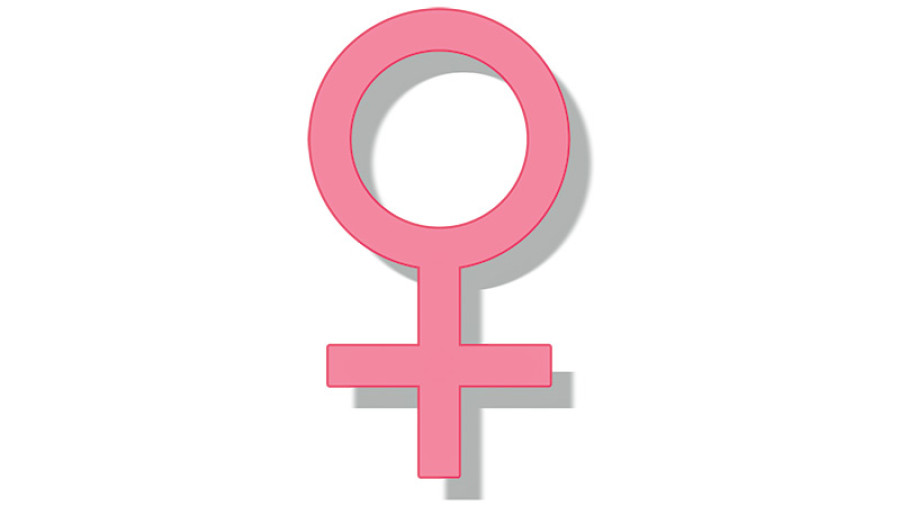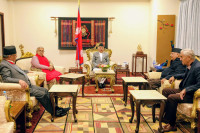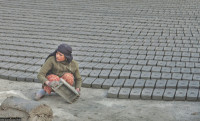Opinion
Numbers are not enough
It will not do much good if women elected to power are not committed to the cause
Tara Kanel
As of 2017, women’s representation in parliaments around the world varied from 0 percent in Yemen and three other countries to 61 percent in Rwanda. Nepal ranks 48th in terms of the number of women in law making bodies, thanks to the constitutional quota provision that has transformed their token representation to its critical mass (about 33 percent). Two fundamental arguments are used to justify women’s equal representation in politics and state power. The justice argument implies that women have an equal and basic human right to participate in the public sphere in the same manner as men do, it is self-explanatory and pretty straight forward. The second, the agency argument, implies that women’s presence in politics is important to protect their interests as men cannot protect it. This second argument is contentious on two grounds.
One, it is based on the notion that women as a homogeneous group have been rejected, and it has been established that social constructions such as race, class and sexuality significantly alter the status of gender. Two, some argue that the presence of women in power does not necessarily guarantee that their interests will be protected as not all of them are committed to acting for it. Nevertheless, a number of studies have established that women parliamentary members have particular concerns about women’s issues that men do not have. Based on these findings, we can conclude that women’s presence in politics makes a difference in terms of addressing women’s issues and concerns.
Significant transformation
Another question which is frequently discussed among political scientists is whether we need a critical mass of women. What are the value additions and advantages of having a critical mass over their token representation of, perhaps, 5 percent? The term ‘critical mass’ has been borrowed from nuclear physics and refers to a quantity of chemicals required to cause a reaction. By analogy, the term ‘critical mass of women’ in politics refers to the proportion required to cause a reaction or transformation. Transformation here means enactment of policies that empower women.
One may ask what is the quantity or proportion of women required to cause a transformation in politics. Have we witnessed such transformations in any country? What does the term transformation imply? A number of studies have been conducted to answer these questions in the context of the developed countries, especially Scandinavia, where women have formed a critical mass in parliaments and local councils for a long time. In 1977, an American researcher named Rosabeth Moss Kanter studied different corporations where the proportion of women staff ranged from 15 to 40 percent to understand whether their performance and efficiency rose with an increase in number. She concluded that it was indeed so. In organisations where there were only a token number of women employees, she found that men had control, and women were being treated as symbols rather than individuals.
Political scientists almost unanimously agree that politics is not physics, and thus they reject the notion of automatic transformation as soon as women achieve critical mass. Nevertheless, they agree that a critical mass of woman parliamentarians is necessary to enact women-friendly policies. Other factors such as the commitment of woman parliamentarians, their feminist background, capacity, political ideology, and most importantly, affiliation with feminist organisations are very important factors that determine whether they can truly represent their women constituencies. A critical mass of women in parliament was found to be instrumental in advancing women’s legal positions such as the lifting of the ban on abortion in Australia, launching of child care provisions in New Zealand and Nordic counties, and launching of parental leave in many countries including Nordic counties.
Proper priorities
The last two Parliaments in Nepal were significantly different from previous ones in many respects, one of them being that they had a critical mass of women parliamentarians while their proportion was 5 percent or less in the past. The fundamental question every Nepali needs to ask is whether a larger number of women in Parliament led to significantly more local women’s issues being tabled for deliberation, and whether more laws and policies were enacted to uplift the status of women. As political scientist Kanter found happening in American organisations, did we see women parliamentarians forming alliances across party lines to raise women’s concerns such as citizenship, property rights and issues related to Dalit women and poor women in remote areas?
We shall fight for equal representation of women in all organs of the state, and at the same time, women occupying public positions should not be immune from close scrutiny of their performance. We definitely need more women (50 percent) in state power, whether it is in the House of Representatives, Upper House, provincial parliaments, Cabinet or any other state organ. Civil society organisations should fight to make this happen. At the same time, there should be no impunity for women leaders who do not act as agents for ordinary women, especially the poor and marginalised. They should be made accountable to their constituencies.
Moreover, civil society needs to be vigilant about the kind of women political parties are fielding for direct election or proportional representation. Whether women’s issues and concerns will get prioritised in future parliamentary deliberations very much depends on the kind of women we elect to the body. We should support women who have a feminist background, support transformational political ideology and are affiliated with feminist organisations. Let’s keep in mind what a famous Danish feminist once said, “The greatest danger for feminism is that such women are elected that we cannot consider our representatives because they have absolutely no understanding of the idea of feminism. Surely, this will often be the case if we leave it to the political parties to decide which women to nominate for election.”
Kanel, a freelance policy analyst, holds a Master’s in Social Policy from the University of Melbourne, Australia




 12.12°C Kathmandu
12.12°C Kathmandu










